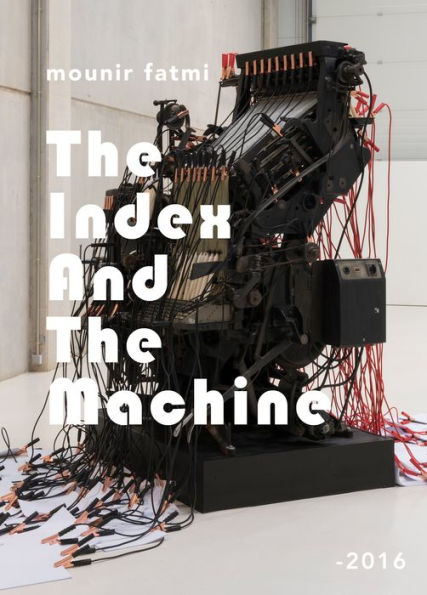"The Index and the Machine is a word association used in Western history for a long time, at least since the Renaissance, the period in which the printing machine originated and the first Index (the list of prohibited books by the Church) was published.
The printing machine changed writing, literature and especially culture in all its aspects. Until its creation, some instruments and tools had allowed a controlled circulation of religious ideas. Nevertheless, it wasn’t until its creation that books experienced a massive diffusion. As an instrument devoted to democracy, it quickly became a vehicle for the expansion of multiple ideas. However, the accession of the printing machine also brought censorship and ideological control to its peak. A proof of this was the first published text, the Bible, which served as a model but also an imposition that shaded the spread and evolution of more advanced theories. Since then, the Church published normative texts such as the List of Prohibited Books (Index librorum prohibitorum), which wasn’t formally abolished until 1966. Throughout these four centuries, a vast amount of philosophers, authors and writers were “mis à l’index”, and their works were accused of being ‘pernicious’ by the Catholic Church."
"The Index and the Machine is a word association used in Western history for a long time, at least since the Renaissance, the period in which the printing machine originated and the first Index (the list of prohibited books by the Church) was published.
The printing machine changed writing, literature and especially culture in all its aspects. Until its creation, some instruments and tools had allowed a controlled circulation of religious ideas. Nevertheless, it wasn’t until its creation that books experienced a massive diffusion. As an instrument devoted to democracy, it quickly became a vehicle for the expansion of multiple ideas. However, the accession of the printing machine also brought censorship and ideological control to its peak. A proof of this was the first published text, the Bible, which served as a model but also an imposition that shaded the spread and evolution of more advanced theories. Since then, the Church published normative texts such as the List of Prohibited Books (Index librorum prohibitorum), which wasn’t formally abolished until 1966. Throughout these four centuries, a vast amount of philosophers, authors and writers were “mis à l’index”, and their works were accused of being ‘pernicious’ by the Catholic Church."

The Index and The Machine

The Index and The Machine

Product Details
| BN ID: | 2940165081088 |
|---|---|
| Publisher: | Mounir Fatmi |
| Publication date: | 11/04/2021 |
| Sold by: | Smashwords |
| Format: | eBook |
| File size: | 7 MB |
| Age Range: | 18 Years |
